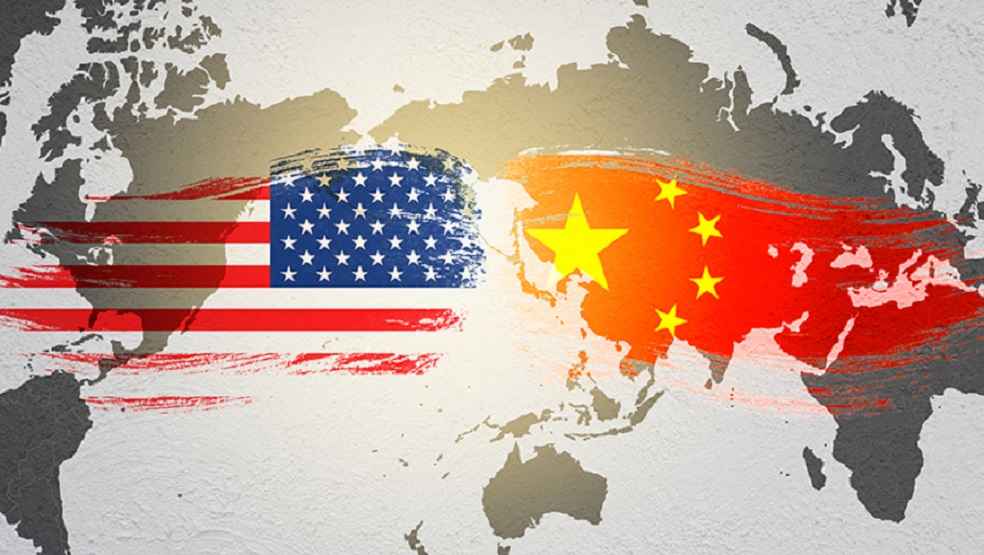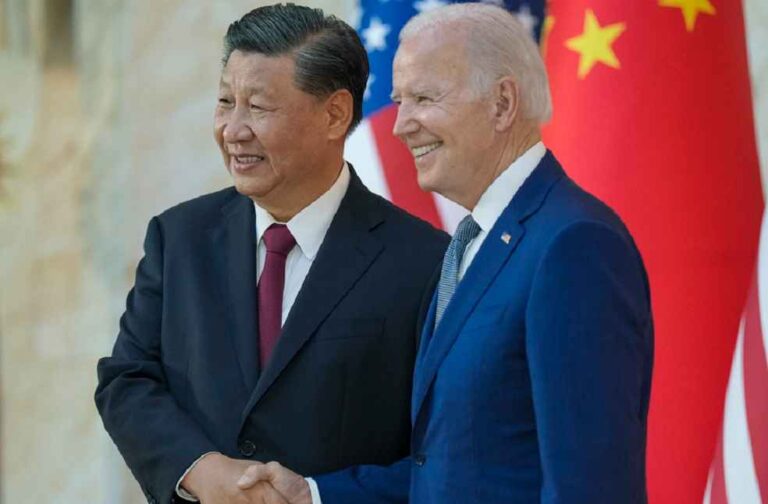The upcoming meeting between several Asian and Western defense and trade ministers and high-profile U.S CEOs, including Elon Musk, casts a spotlight on the ever-complex dynamics of U.S. businesses operating in China. The concern is particularly pronounced against the backdrop of over 1,000 multinational companies withdrawing from Russia in protest of its unlawful invasion of Ukraine. The exodus, spurred by research, raises questions about the potential for similar repercussions in China.
In a recent statement, Nike CEO John Donahoe defended his company’s continued presence in China, noting that global companies must adapt to China-related risks. However, despite the seemingly dominant narrative of U.S. businesses remaining committed to Chinese operations, the situation is much more nuanced. For instance, U.S. dependence on China in vital industries remains high, with the country sourcing a significant portion of active ingredients in pharmaceuticals, apparel, and electronics from China.

This intricate web of economic reliance has its roots in David Ricardo’s 1817 theory of comparative advantage. It posits that free trade between nations can be mutually beneficial if each brings its most efficiently produced goods to global markets. While this theory has long been celebrated, recent political and ideological tensions have revealed its limitations. In particular, the theory doesn’t account for the global competition arising from stark differences in values and governance.
The complex relationship between the U.S. and China, two of the world’s largest economies, suggests that economic ties aren’t a failsafe against conflict. Unlike the situation with Russia, a minor player in global GDP and a minimal source of Western businesses’ revenues, the U.S. has extensive economic connections with China. However, re-shoring efforts are underway, evidenced by Mexico and Canada surpassing China as America’s largest trade partners last year.
Companies are navigating this landscape through three main strategies: significant withdrawal, gradual scaling back, and maintaining the status quo. Few companies have chosen total withdrawal, largely limited to those banned from Chinese markets due to governmental policies.
Many businesses are subtly reducing dependence on Chinese supply chains by re-shoring or friend-shoring their production. Notable examples include apparel makers boycotting Xinjiang cotton and tech giants such as Hasbro, Intel, and Apple moving a significant portion of their manufacturing to countries like Vietnam and India.
 Despite these shifts, most companies remain committed to the Chinese market. Several corporations within the S&P 500 reported an increase in revenues from China last year, with companies such as Qualcomm and Texas Instruments seeing a substantial portion of their revenue from China. Some businesses are even expanding their presence in the country, reflecting the enduring allure of the massive Chinese market.
Despite these shifts, most companies remain committed to the Chinese market. Several corporations within the S&P 500 reported an increase in revenues from China last year, with companies such as Qualcomm and Texas Instruments seeing a substantial portion of their revenue from China. Some businesses are even expanding their presence in the country, reflecting the enduring allure of the massive Chinese market.
However, the risks associated with such heavy reliance on China are escalating, while the economic benefits are becoming murkier. Chinese labor costs are rising as the nation develops, while its manufacturing advantages are dwindling due to technological advancements and subsidies in the U.S. Plus, growing supply chain costs and tariffs make North American manufacturing increasingly cost-effective.
In the long run, American businesses will need to balance the potential rewards of operating in China with the escalating risks. With the shifting global trade landscape, corporate leaders will need the wisdom to recognize when it’s time to alter their approach to the Chinese market, potentially decoupling their supply chains and revenue streams from China if necessary.
BANKING & FINANCE: India’s Push for Rupee Trade Promotes Internationalization of Foreign Trade



